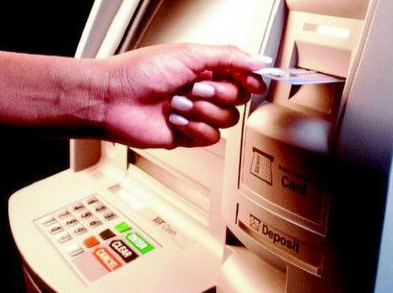Smart Cards for Drinking Water in Slums
Published on by Water Network Research, Official research team of The Water Network in Government
Slum dwellers will get safe drinking water in water scarce pockets as the Bhubaneswar Municipal Corporation (BMC) plans to distribute around 2,500 smart cards that can be swiped in the water ATMs for water.
 At present, 10 ATMs machine have been installed at Jharana Basti, Gandamunda, Jadupur, Dumduma, Pokhariput, Siripur, Ganganagar Square, Bhimtangi, Sundarpada and Bhoi Sahi, Barmunda.
At present, 10 ATMs machine have been installed at Jharana Basti, Gandamunda, Jadupur, Dumduma, Pokhariput, Siripur, Ganganagar Square, Bhimtangi, Sundarpada and Bhoi Sahi, Barmunda.
People can recharge their smart cards, which look like debit cards, at the ward office. A litre of water will cost 30 paise.
An official source said the BMC has signed a MoU with the private firm, Piramal Sarvajal, for the project. Bhubaneswar is the second city in the country to have water ATMs after New Delhi.
Among the smart cities, it is the first . The private agency has provided technical assistance to BMC to install the ATMs and maintain it for five years.
"We have received 1,000 smart cards so far. The remaining 1,500 cards will come in a week and the distribution will be over in the next two weeks. The water ATMs have been run on a trial basis and they are in operational stage now," said a BMC spokesperson.
In the next phase, 30 other ATMs will come up at places where drinking water is not accessible.
A BMC source said, to supply purified water to the ATMs, two of four water treatment units have been be set up by the private firm. Each unit will cater to 10 ATMs. There will be dedicated vehicles for transportation of the purified water.
The ATMs can store a minimum of 500 litres and maximum of 40,000 litres. The ATMs will run on solar power. Once swiped, the ATM screen will show options of quantity of water. The machine will then pump out water in accordance with the quantity of litres chosen.
On a given day, a maximum of 20 litres of water can be drawn using one card, said the spokesperson.
Bhubaneswar mayor Ananta Narayan Jena said the water ATMs will reduce chances of water-borne diseases to a great extent.
"We are giving priority to those areas which have either no direct access to safe water or are too remotely located for piped water," he said.
Source: The Times of India
Media
Taxonomy
- Public Health
- Resource Management
- Water Access
- Technology
- Water Resources
- Water Sanitation & Hygiene (WASH)
- India
2 Comments
-
Dear Sir ,
This is something we would like to try . We have a small water supply where we sell water to consumers mostly in 20 liter containers.We would start the application in one place and extend this to many areas in our slum areas.
Can you advice on how we can move ahead together.
Regards,
P.W.Karani
-
great idea & should be followed in the slums of every city